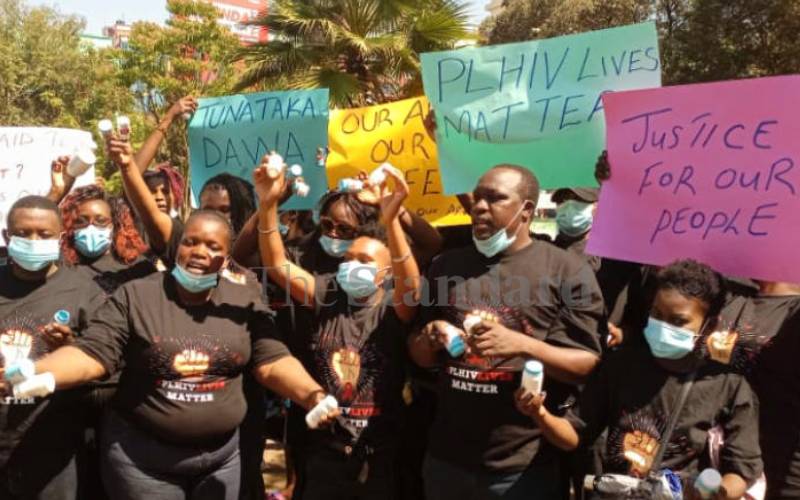×
The Standard e-Paper
Read Offline Anywhere

Activists protesting over delayed distribution of antiretroviral drugs to health facilities in the counties. July 2, 2021. [Kennedy Gachuhi, Standard]
Medical experts are mulling over new ways to increase the uptake of Pre-Exposure Prophylaxis (PrEP) to reduce HIV infections in Nyanza.